Buy the photo Humpback whale fluke by Kai Müller on canvas, ArtFrame, poster and wallpaper, printed on demand in high quality.
About "Humpback whale fluke"
by Kai Müller
About the artwork
Male humpback whales sing the longest and most complex song of any animal!
They consist of a sophisticated sequence of whistles and squeaks as well as deep, sonorous calls. Humpback whale migrations are among the longest in the animal kingdom. They have the longest pectoral fins of any whale and dolphin species, up to 15 feet (4.6 m) in length.
What do humpback whales look like?
This species is easily recognized by its enormous size, humped head and five meter long pectoral fins. Atlantic humpbacks have predominantly white pectoral fins, while Pacific individuals have a darker upper surface. In general, the southern hemisphere humpback whales are lighter drawn on the flanks. The bumps on the head, also called tubercles, each contain a hair follicle that can be used for sensory perception, similar to a cat's whiskers. The caudal fin distinguishes the humpback whale from all other whales. Their black and white markings and the wavy trailing edge are individually as unique as human fingerprints - experts can therefore individually recognize thousands of humpback whales around the world. Because the fluke is lifted out of the water as it descends, scientists can keep up to date with the migrations of individual humpback whales.
What is your everyday life like?
Humpback whales can reach speeds of up to 25 km/h, but during their migrations they travel more leisurely, pausing and socializing. Humpback whales travel long distances, with each population following its own route. They generally spend the winter in the warm, tropical waters near the equator, where they also give birth to their young. From spring to autumn they seek out their feeding grounds in the cooler waters closer to the poles. The humpback whales, which forage in the waters of the Antarctic and give birth to their calves off Colombia and Panama, cover the longest known migration distance of any mammal. There are dangers lurking along the long road, such as whaling ships and fishing nets that can entangle them.

About Kai Müller
For as long as I can remember I have always been drawn to the beauty of the environment and the wild spirit of wildlife. However, my love for nature and wildlife photography began a few years back after a series of travels coupled with my studies in design. .. Read more…
 Germany
Germany Ordered in March 2022
Ordered in March 2022
 Germany
Germany Ordered in November 2020
Ordered in November 2020
 Germany
Germany Ordered in July 2019
Ordered in July 2019
 Netherlands
Netherlands Ordered in November 2020
Ordered in November 2020
 Netherlands
Netherlands Ordered in January 2019
Ordered in January 2019
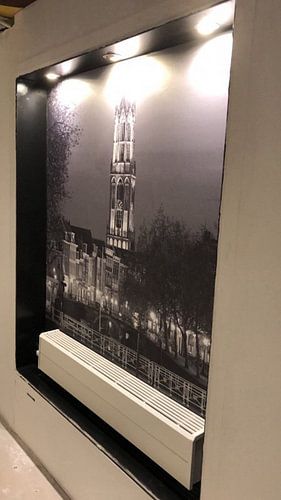
 Germany
Germany Ordered in June 2022
Ordered in June 2022
 Germany
Germany Ordered in June 2022
Ordered in June 2022
 Germany
Germany Ordered in November 2020
Ordered in November 2020
 Netherlands
Netherlands Ordered in February 2025
Ordered in February 2025
 Germany
Germany Ordered in July 2021
Ordered in July 2021
 Germany
Germany Ordered in October 2019
Ordered in October 2019
 Netherlands
Netherlands Ordered in December 2016
Ordered in December 2016
About the material
ArtFrame™
Interchangeable Art Prints
- High-quality print
- Easily interchangeable
- Acoustic function
- Large sizes available
Discover the artworks of Kai Müller
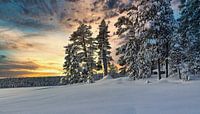 Pasvik National ParkKai Müller
Pasvik National ParkKai Müller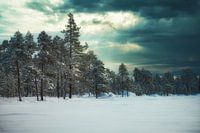 Pasvik Trilateral National ParkKai Müller
Pasvik Trilateral National ParkKai Müller Reindeer herd in Pasvik National ParkKai Müller
Reindeer herd in Pasvik National ParkKai Müller Northern Lights Panorama LofotenKai Müller
Northern Lights Panorama LofotenKai Müller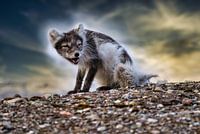 Polar FoxKai Müller
Polar FoxKai Müller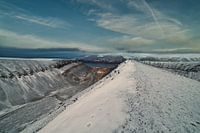 Longyearbyen photographed from the mountain SarkofagenKai Müller
Longyearbyen photographed from the mountain SarkofagenKai Müller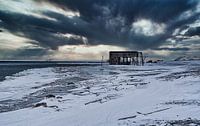 Hiorthamn SvalbardKai Müller
Hiorthamn SvalbardKai Müller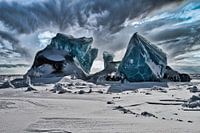 Pack ice in the AsgardbuktaKai Müller
Pack ice in the AsgardbuktaKai Müller Reindeer herd in Pasvik National ParkKai Müller
Reindeer herd in Pasvik National ParkKai Müller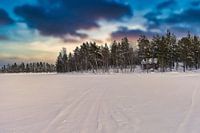 Pasvik National ParkKai Müller
Pasvik National ParkKai Müller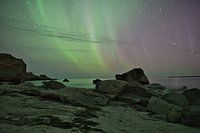 Uttakleiv on the Lofoten under the northern lightsKai Müller
Uttakleiv on the Lofoten under the northern lightsKai Müller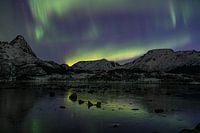 Aurora Borealis before the mountainsKai Müller
Aurora Borealis before the mountainsKai Müller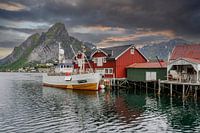 WhalersKai Müller
WhalersKai Müller Mountain range on the LofotenKai Müller
Mountain range on the LofotenKai Müller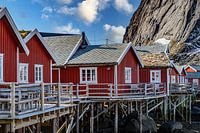 Reine LofotenKai Müller
Reine LofotenKai Müller Vardø ArtKai Müller
Vardø ArtKai Müller Northern lights over the lighthouse of SlettnesKai Müller
Northern lights over the lighthouse of SlettnesKai Müller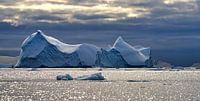 Giant Iceberg Antarctic PeninsulaKai Müller
Giant Iceberg Antarctic PeninsulaKai Müller HallingskeidKai Müller
HallingskeidKai Müller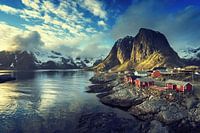 Lofoten ReineKai Müller
Lofoten ReineKai Müller
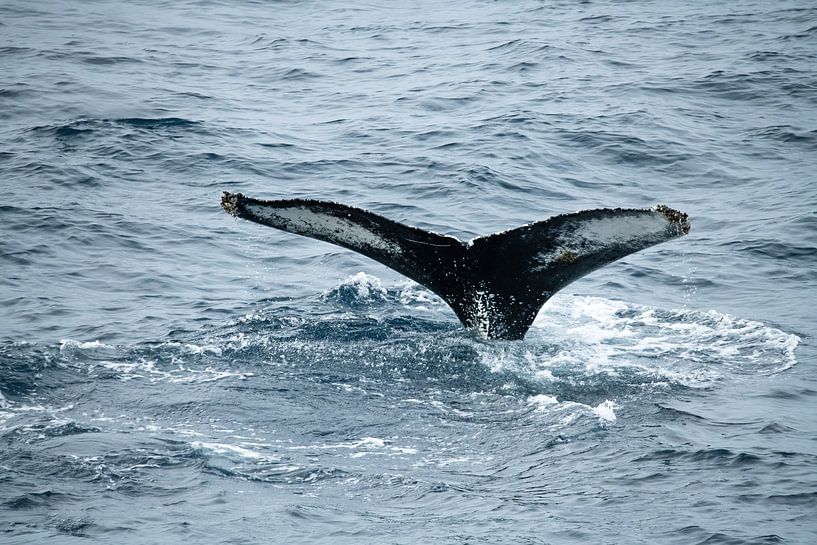












 Photo wallpaper
Photo wallpaper Photography
Photography Powerful Expression
Powerful Expression Serene Peace
Serene Peace Spitsbergen
Spitsbergen









